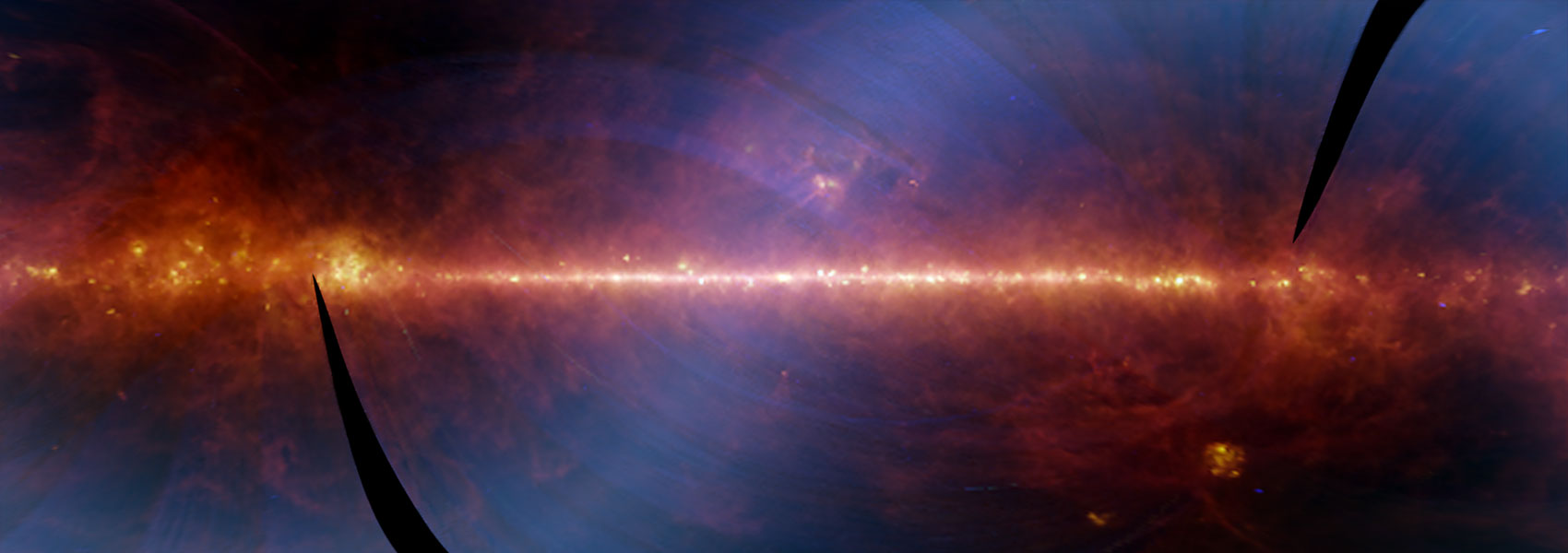January
2024
•
2024PSJ.....5...14V
Authors
•
Varakian, Matthew
•
Chanover, Nancy
•
Masiero, Joseph
•
Oszkiewicz, Dagmara
Abstract
•
The shapes of asteroid phase curves are influenced by the physical properties of asteroid surfaces. The variation of an asteroid's brightness as a function of the solar phase angle can tell us about surface properties such as grain size distribution, roughness, porosity, and composition. Phase curves are traditionally derived from photometric observations at visible wavelengths, but phase curves using infrared data can also provide useful information about an asteroid surface. Using photometric observations centered near ~3.4 μm from the W1 band of the Near-Earth Object Wide-field Infrared Survey Explorer mission, we construct thermally and rotationally corrected infrared phase curves for a sample of main-belt asteroids, which includes asteroids observed by the AKARI satellite, as well as subsets of the Themis and Flora dynamical families. We calculate the linear slope of the phase curves as a measure of their shape and compare W1 phase slopes to band depths of absorption features associated with hydrated materials, spectral slopes, visible albedos, W1 albedos, and diameters. We observe a steepening of the W1 phase slope of C-type asteroids with increasing 2.7 μm band depth but little correlation between the phase slope and 3 μm band depth or 3 μm spectral slope. The C-types in our sample exhibit steeper average W1 phase slopes than M- or S-types, similar to visible-light phase slopes. We also observe steeper W1 phase slopes for smaller-diameter objects within the Themis family and explore comparisons to Jupiter-family comets in phase slope versus albedo space.
Links




